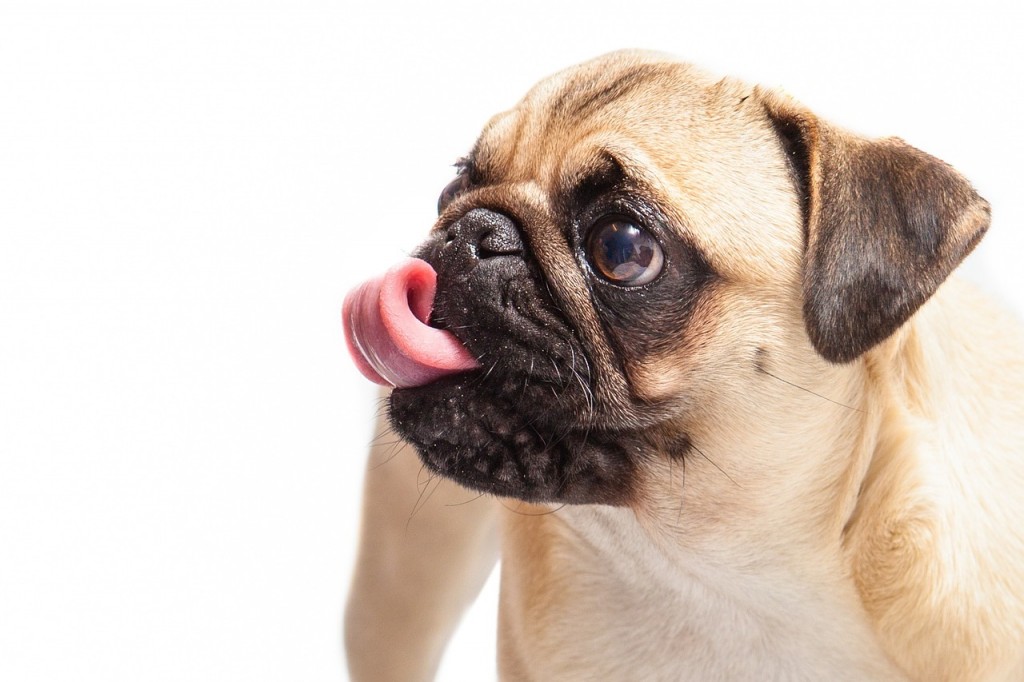
History
Used to a pampered lifestyle, these little dogs were the favourite pets of European aristocrats and have a prestigious place in history. Originating in China, they were the lapdogs of Chinese Emperors. They were brought to Europe by the Dutch East India Company. Queen Victoria famously owned many pugs and also bred them. Marie Antionette adored her pug, Mobs and Napoleon’s wife, Josephine, smuggled notes out of prison in her pug, Fortune’s, collar.
Appearance
Pugs are instantly recognisable by their wrinkly, flat faces, bulging eyes and folded down ears. They have stocky, small bodies and curly tails. Their hair is short and smooth and comes in shades of black and fawn.
Personality
These lively dogs may be small but what they lack in size they make up for in personality. If you’re looking for a cheerful, entertaining and super cute small dog – then a pug may be a good fit for you. Pugs are affectionate and like companionship, both human and other animals.
Health
Breathing problems are common in pugs because of their pinched nostrils – your pug may struggle with breathing in hot and humid conditions. Other common health issues are Pug Dog Encephalitis, dry eyes and Demodectic Mange (caused by mites).
Owner’s Responsibilities
It is necessary to train your pug – they are stubborn but love to please their owners. They respond well to positive reinforcement and treats. Training requires consistency and is best started young. They don’t need much exercise but a walk around the block will keep your pug healthy – overdoing it will make your pug wheezy. Pug’s have healthy appetites and love their food – good quality food and portion control will help your pug maintain an ideal weight. Be careful not to indulge your pug in too many treats and cause obesity – this will exacerbate any breathing problems.
Quick Look
| Size | Small (toy) |
| Weight | 6 – 9 kgs |
| Coat | Short, soft and smooth coats |
| Colour | Shades of black and fawn |
| Life Span | 10 – 12 years |
| Temperament | Playful and affectionate |